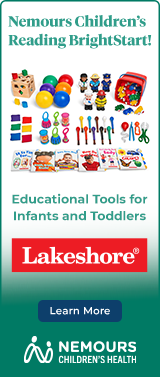Pre-Reading Milestones for Ages 24 to 35 Months
- Turns paper pages in books.
- Imitates movements such as “flying” like a bird or “jumping” like a frog.
- Scribbles on paper, making circular scribbles and lines.
- Crosses the center of the body with one hand when scribbling – until a child can do this, he will switch hands to scribble on the left or right side of the writing surface.
- Talks using phrases and short sentences of three or more words.
- Understands many words, phrases and simple questions, such as, “Where is Mommy?”
- Recites phrases or stories from his favorite book.
- Will “fill in the blank” when you leave off the last word or phrase of a familiar story or rhyme.
- Corrects you if you read the story wrong – won’t let you skip any words or pages, or say the wrong word (you can make this into a game when reading with your child).
- Chooses to play and pretend with books by reading books on his own.
- Likes to listen to stories with rhymes and word patterns that are repeated.
- Keep building daily routines around books. Make the library a regular part of your routine.
- Bring audio books on outings away from home or download children’s books on your phone or tablet to listen to when waiting in lines or at doctors’ offices.
- Be willing to read the same book over and over to build your child’s vocabulary and memory.
- Ask your child questions about a story, such as what will happen next, how a character might feel or how the story relates to your child’s life.
- Talk with your child using new vocabulary, longer sentences and simple questions during conversation – “How old are you?” “Do you have a doggie?” “Go get Daddy’s shoes in the kitchen.”
- Tape large pieces of unlined paper to a flat surface for drawing.
- Use the sidewalk or driveway for scribbling with chalk or paint with a paintbrush and bucket of water.
- Does not speak in sentences – continues to use single words instead of phrases (“milk” instead of “want milk” or “I want milk”).
- Does not have conversations – does not answer simple questions or make eye contact to keep a brief conversation going.
- Seems to be “in his own world” – does not interact socially much at all, stays to himself when others are around, does not point and talk to get another person’s shared attention.
- Does not hold toys well with either hand – has trouble using fingers to grasp small objects, preferring to use the palm of the hand instead.
- Has problems walking and running smoothly – looks very awkward or clumsy, gets feet tangled up more than other kids of the same age.
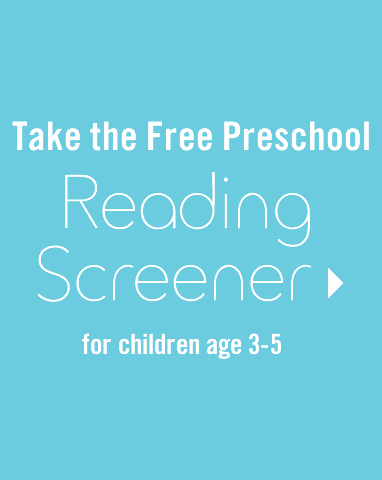






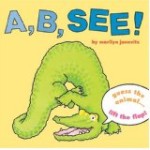 A, B, See!
A, B, See!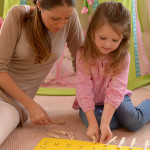 Top 10 Things You Can Give Your Child to Build Pre-Reading Skills
Top 10 Things You Can Give Your Child to Build Pre-Reading Skills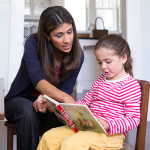 HOW You Read to a Child Is Important
HOW You Read to a Child Is Important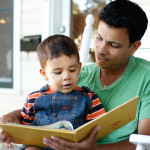 The DOs and DON’Ts of Developing Your Young Child’s Pre-Reading Skills
The DOs and DON’Ts of Developing Your Young Child’s Pre-Reading Skills Go, Go, Grapes! A Fruit Chant
Go, Go, Grapes! A Fruit Chant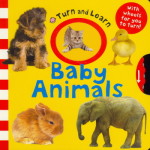 Turn and Learn Baby Animals
Turn and Learn Baby Animals